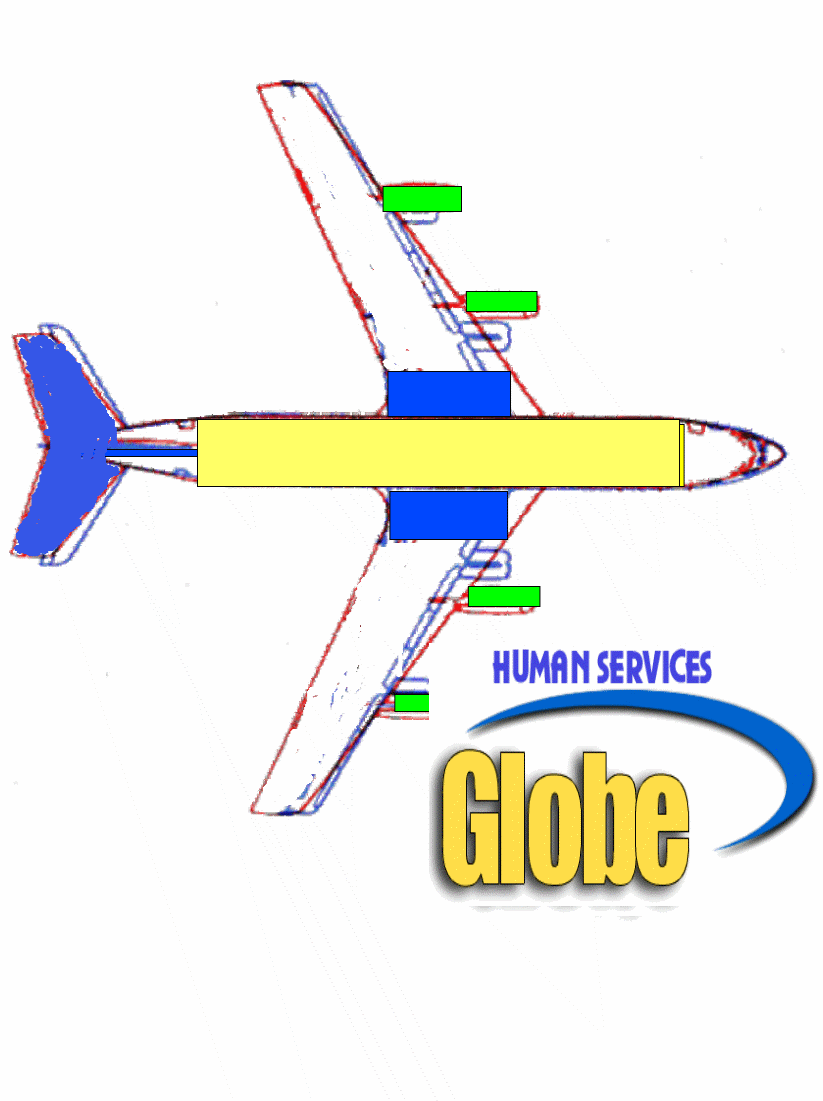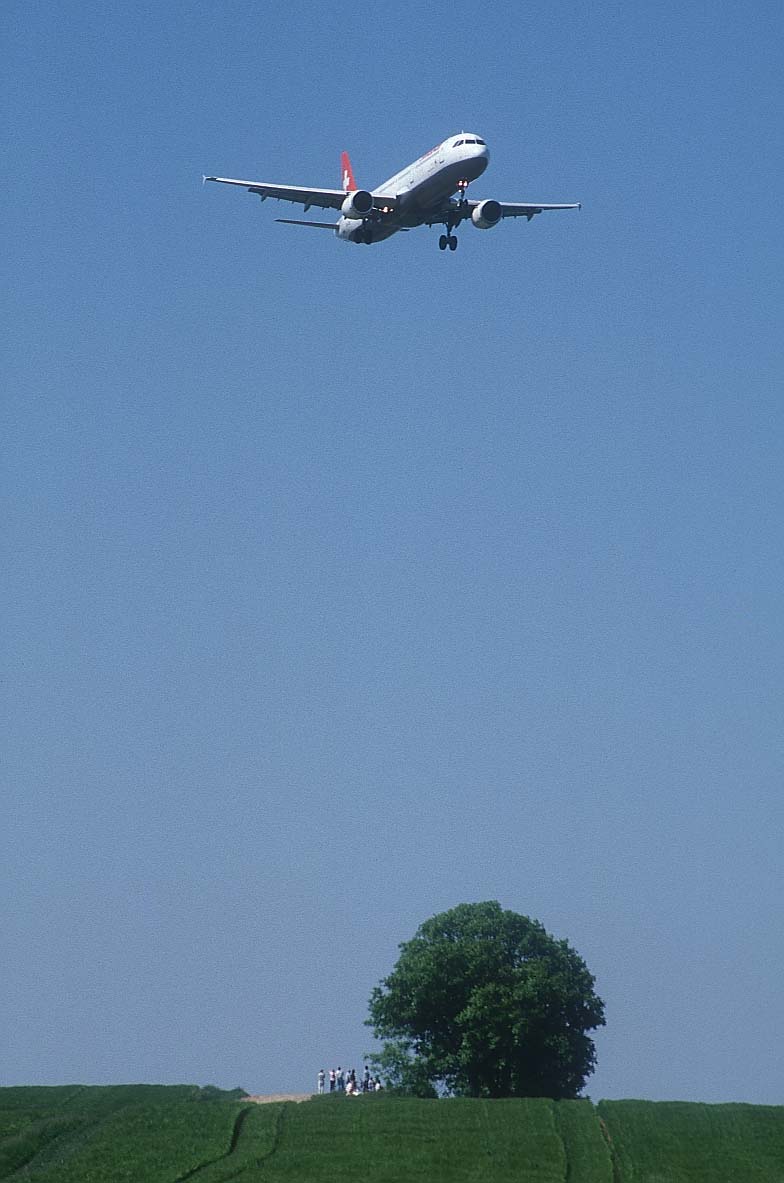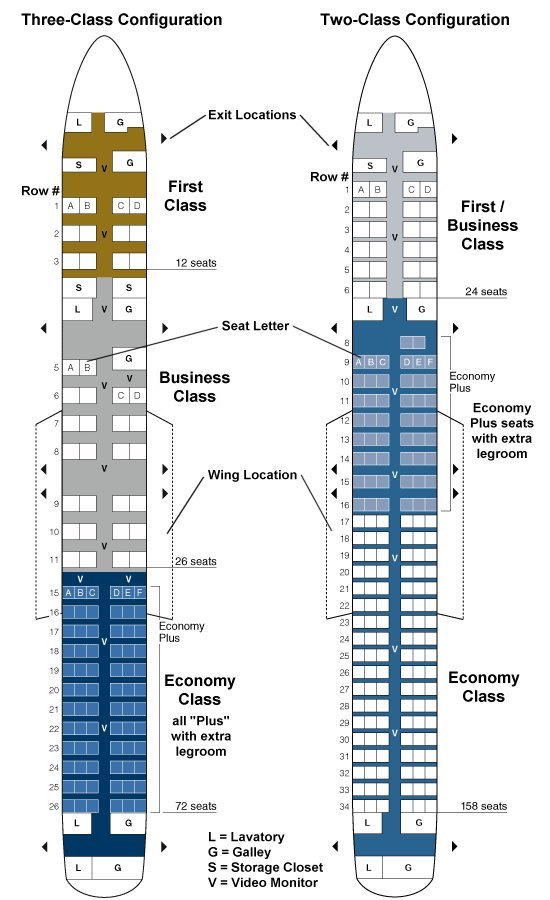Aircraft
What are the various types of aircraft?
What would you like to manufacture?
Do you know any other type of aircraft?
A kite is not an aircraft.
What should be included in specifications of an aircraft?
A minimum of 33 specifications about an aircraft are required.
|
1. | Category: Heavy, medium, light, very light. | |
2. | Type: More than 23 types of aircraft. | |
3. | Crew: | |
4. | Payload: | |
5. | Door: | |
6. | Dimensions: | |
7. | Length: | |
8. | Wingspan: | |
9. | Height: | |
10. | Wing area: | |
11. | Aspect ratio: | |
12. | Cargo volume: | |
13. | Empty weight: | |
14. | Fuel Capacity Fuel System: | |
15. | Power plant: | |
16. | Takeoff run with maximum payload: | |
17. | Maximum speed: | |
18. | Cruise speed: | |
19. | Range: With maximum fuel, with maximum payload: | |
20. | Service ceiling: | |
21. | Wing load: | |
22. | Thrust/weight: | |
23. | Flight deck or full authority digital engine control: (FADEC) | |
24. | Auxiliary power unit: | |
25. | Aircraft emergency power unit (EPU): | |
26. | Materials for specific aircraft parts: | |
27. | Passengers: | |
28. | Radar: | |
29. | Armament, if military: | |
30. | Maximum takeoff weight (MTOW): | |
31. | Aircraft Electrical Systems: | |
32. | Auxiliary Systems: | |
33. | Other accessories: |
What are the categories of aircrafts as per certified maximum takeoff weight (MTOW)?
|
VL: | Very light aircraft MTOW less than 10,000 pounds (4,540 kg). | |
L: | Light aircraft – 7,000 kg | |
M: | Medium aircraft – 7,000–136,000 kg | |
H: | Heavy aircraft – >136,000 kg | |
|
Each aircraft type can be very light, light, medium, or heavy.
|
Aviation Topics
|
Aircraft Engine | |
Air Safety | |
Adverse Yaw | |
Aerobatics | |
Aerodrome | |
Aerodrome Mapping Database (AMDB) | |
Aerodynamics | |
Aerofoil | |
Aeronautical Information Manual (AIM) | |
Aeronautical chart | |
Aeronautics | |
Aerospace | |
Aerospace engineering | |
Aileron | |
Air Charter | |
Air Defense Identification Zone (ADIZ) | |
Air Freight Terminal | |
Air traffic flow management | |
Airband | |
Aircraft Maintenance Engineer (AME) | |
Aircraft Maintenance Technician (AMT) | |
Aircraft registration | |
Aircraft | |
Aircraft engine controls | |
Aircraft lavatory | |
Aircraft noise | |
Airfoil | |
Airline Transport Pilot License | |
Airline | |
Airliner | |
Air navigation | |
Airport/Facility Directory (A/FD) | |
Airport | |
Air safety | |
Airship | |
Airshow | |
Airspace classes | |
Airspeed | |
Airspeed indicator | |
Air traffic control | |
Air traffic controllers | |
Altimeter | |
Altitude | |
Angel Flight | |
Angle of attack | |
Angle of incidence | |
Anhedral | |
Anti-torque pedals (Helicopter rudder pedals) | |
Artificial horizon | |
Aspect ratio (wing) | |
Assisted take off | |
Attitude indicator | |
Automatic Dependent Surveillance-Broadcast | |
Automatic Terminal Information Service (ATIS) | |
Autorotation (helicopter) | |
Autorotation (fixed-wing aircraft) | |
Autopilot | |
Aviation | |
Aviation Archaeology | |
Aviation History | |
Aviation Medical Examiner (AME) | |
Aviation Safety | |
Aviation System | |
Aviator | |
Avionics | |
Aviation law
| |
Aircraft Batteries
| |
Aircraft Hydraulic Systems
| |
Aircraft Electrical Systems
| |
Aeronautics and Space Audit
| |
Aviation topics
|
Aircraft Engines
What questions should you answer before you manufacture an aircraft engine?
Here are further guidelines.
|
Airframe
| |
Aircraft engine controls
| |
Air Conditioning & Pressurisation
| |
Air Traffic Organization
| |
Air Safety
| |
Abbreviations and symbols.
|
Aerospace Engineers
Q: What do aerospace engineers do?
A: Aerospace engineers design, test, and supervise the manufacture of aircraft, spacecraft, and missiles. Those who work with aircraft are called aeronautical engineers, and those working specifically with spacecraft are astronautical engineers. Aerospace engineers develop new technologies for use in aviation, defense systems, and space exploration, often specializing in areas such as structural design, guidance, navigation and control, instrumentation and communication, and production methods. They also may specialize in a particular type of aerospace product, such as commercial aircraft, military fighter jets, helicopters, spacecraft, or missiles and rockets, and may become experts in aerodynamics, thermodynamics, celestial mechanics, propulsion, acoustics, or guidance and control systems.
Q: What various roles do aerospace engineers have?
A: An aerospace team is made up of engineers, scientists, and technicians. Examples of major engineering roles in the aerospace industry include:
State Planning and Development
Intercontinental Flight Operations
Analysis
Design
Materials and Processes
Systems Engineering
Software Development
Manufacturing
Flight Research
Field Service
| |
Aircraft Materials, Processes, & Hardware
| |
Aircraft manufacture
|
Aircraft Manufacturing
Large aircraft engines
What do you understand by a large aircraft engine?
What should you know about a large aircraft engine?
How is an aircraft built?
What are the types of aircraft engines?
How do you manufacture a large aircraft engine?
Who are various manufacturers of large aircraft engines in the world?
Who among them is fairly enhancing the economy of every state?
Who among them is involved in unfair practices harming the economy of various states?
What are 66 essential subassemblies of a large cargo or passenger aircraft?
What should you inspect and test in an aircraft engine to certify it is safe?
How often should you inspect and test an aircraft engine?
|
| |
Aircraft Specifications
| |
Aviation Weather - Principles
| |
Aviation Weather Products
|
Aircraft Inspections
What should you know about aircraft inspections?
What questions should be answered in an aircraft inspection?
Who should do an aircraft inspection?
What should be included in a Standard Airworthiness Certificate of an aircraft?
|
Aerospace Security
How many aircraft crashes were reported in 2010?
|
Aerospace workers
What workers are required to manufacture, maintain, repair, and operate aerospace products and services?
| |
Aircraft Electrical and Electronic Systems
| |
Aircraft Specifications
| |
Airspace Classifications
|
Air Route Traffic Control Center
What is an Air Route Traffic Control Center?
What equipment does an Air Route Traffic Control Center have?
What are Air Route Traffic Control Centers located worldwide?
How many Air Route Traffic Control Centers were there in the world as of March 15, 2011?
Do submarines at sea have Air Route Traffic Control equipment?
| |
Aerospace Medicine
| |
Airports | |
Aerodynamics
| |
Aircraft flight control system
| |
Aircraft Weight Estimation
| |
Aircraft, Aviation safety, Signs and symbols.
| |
Aircraft, Aviation safety, Reporting and recordkeeping requirements.
| |
Aircraft Hydraulic Systems
| |
Auxiliary Power Unit (APU)
| |
Airplane Fuel System
| |
Aviation Maintenance
| |
Air Traffic Procedures
| |
Automatic Flight
| |
Aircraft Noise Levels
| |
Aircraft Speed
| |
Air Cargo | |
Air Pressure / Under (Cabin) Pressure
| |
Aircraft Parts | |
Aircraft Structure - An introduction to major airplane components |
What will the aircraft look like?

|
How many workers are required to build this aircraft?
Existing workers at the airports. Part of your time you need to focus on manufacture of aircraft.
What are the specifications of the aircraft?
Here are further guidelines.


|
Air Traffic Controllers
International
What is Air Traffic Control?
How do ATC tower facilities work?
How is talking to a tower for air traffic control different than having a conversation with someone?
What does it sound like when pilots and air traffic control towers talk to each other?
What is Primary Surveillance Radar (PSR)?
What is Secondary Surveillance Radar (SSR)?
What is Instrument Landing System (ILS)?
What is Doppler Very High Frequency Omni-directional Range and Distance Measuring Equipment (DVOR/DME) System?
What's an Air Traffic Controller?
What Does an Air Traffic Controller Do?
What does it take to be an ATC?
Domestic
|
Airlines
The Airline Codes
Airport Code
Aircraft Codes
Callsigns
Asian Airlines
North American Airlines
South American Airlines
African Airlines
Australian Airlines
or

Airlines
Coming soon
Do you have any recommendations?
| |
B
| |
Balloon (aircraft) | |
Bird strike | |
Blast pad | |
Blimp | |
Bypass ratio | |
C
| |
Canard | |
Center of gravity (aircraft) | |
Chord (aircraft) | |
Circuit (airfield) | |
Cockpit | |
Cockpit voice recorder | |
Coefficient of lift | |
Collective | |
Common Use Self Service (CUSS) | |
Compass | |
Compressor stall | |
Controlled airspace | |
CVFR | |
Crab landing | |
CTAF | |
Cyclic
| |
Communications
| |
Communication in the Skies
| |
Cabin Air Systems
|
Criminal activity involving aircraft operations.
What are reported criminal activities involving aircraft operations?
| |
D | |
Deep stall | |
Delta wing | |
Dihedral | |
Distance Measuring Equipment (DME) | |
Drag | |
Ducted fan - dumb-bell | |
Dutch roll | |
E
| |
Elevator | |
Elevon | |
Emergency locator transmitter ELT | |
Empennage (tail section) | |
ETOPS | |
Experimental Aircraft | |
Empty weight | |
Environmental and climate impacts of aviation | |
Electric aircraft
| |
Ejection Seats, Escape Pods and Evacuation Slides
|
Emergency
Who should do emergency monitoring, reporting, and dispatch of emergency in intercontinental and interstate flights?
Who should do emergency monitoring, reporting, and dispatch of emergency of ships at sea?
What is the best way to stay informed during an emergency?
What emergency can an aircraft have?
| |
F
| |
Fixed base operator | |
Flame holder | |
Flap | |
Flight | |
Flight control surfaces | |
Flight data recorder | |
Flight envelope protection | |
Flight instruments | |
Flight level | |
Flight management system | |
Flight plan | |
Flight planning | |
Flight simulator | |
Flight training | |
Fly-by-wire | |
Flying | |
Flying car (aircraft) | |
Flying wing | |
Form drag | |
Flight Deck
| |
Flight Crew | |
Fuel
| |
Fuel injection
| |
Flight Instruments
|
Flight Management Computer
How do you set up the flight management computer (FMC) from Chicago, Illinois, in North America to Srinagar, Kashmir, in Asia?
| |
Fixed-wing aircraft
| |
Fuel Tanks
| |
Fuels and Fuel Additives
| |
Fire Protection
| |
Fractional Distillation
| |
Fluid Dynamics
| |
Flight test
| |
G
| |
General aviation | |
Glass cockpit | |
Glider aircraft | |
Glider (sailplane) | |
Glider pilot certificate | |
Gliding | |
Go around | |
GPS | |
Great-circle distance | |
Ground effect | |
General Aviation | |
H
| |
Helicopter
| |
Heading indicator | |
Hold (aviation) | |
History of aviation | |
Helicopter | |
Helicopter flight controls | |
Hypermobility | |
Human Resources Management
| |
Hangars
| |
Helicopter engines
| |
Helicopter
|
IATA Codes
What is IATA
What does IATA do?
| |
I
| |
ICAO spelling alphabet | |
Instrument flight rules (IFR) | |
Instrument landing system (ILS) | |
Instrument rating | |
Indicated airspeed | |
Integrated engine pressure ratio (IEPR) | |
Information Services
| |
Instrument landing system
| |
Ice & Rain Protection
| |
J
| |
Jet Airliner | |
Jet engine | |
Jetliner | |
Jetway | |
Joystick | |
Jet engine
| |
L
| |
Landing | |
Landing T | |
Leading edge extension | |
Lift (force) | |
Lift-induced drag | |
Logistics Center
| |
Largest Aircraft
| |
Landing Gear
| |
Limitations
| |
M
| |
Maintenance | |
METAR | |
Meteorology | |
Maintenance, repair and overhaul |
Missile
It may be easy for some to fire a missile or missiles, but it is a criminal offense. You have to use aerospace technology and aerospace products and services to enhance essential needs of the people.
You should focus on high resolution space radar.
| |
Military Aviation | |
N
| |
Nautical airmile | |
Navigation | |
Non-directional beacon (NDB) | |
Non-towered airport | |
Night aviation regulations | |
Navigation
| |
O
| |
Oshkosh Airshow | |
Overhead join
| |
P
| |
Performance envelope | |
Pilot
| |
Pilot Controlled Lighting | |
Pilot licenses | |
Pilot licensing and certification | |
Pilot reports (PIREPS) | |
Precision approach path indicator | |
Propeller | |
Pushback | |
Parts of an airplane
| |
Parts of the cockpit - airplane
| |
Pneumatics
| |
Power Plant
| |
Q
| |
Q code
| |
R | |
Radar | |
Reciprocating engines | |
Red square | |
Relaxed stability | |
RIAT | |
Roadable aircraft | |
Rogallo wing | |
Rudder | |
Ruddervator | |
Rule of three (aviation) | |
Runway | |
Run-up (aviation) | |
S
| |
Sectional chart | |
Signal square | |
Spatial disorientation | |
Spar | |
Spin (flight) | |
Spoiler (aeronautics) | |
Slats | |
Slip landing - specific fuel consumption (propeller engines) | |
Specific fuel consumption (thrust) (jet engines) | |
Stall (flight) | |
Standard day | |
Stick shaker | |
Swing-wing | |
Security and Hazardous Materials
| |
Structure and Principle of Engines
|
Safety
When is an aircraft too old?
Here are further guidelines.
| |
T
| |
T-tail | |
Takeoff | |
Taxiing | |
Taxiway | |
Terminal area chart | |
Thrust vectoring | |
Traffic pattern indicator | |
Transatlantic flight | |
True airspeed | |
Turbine engine | |
Turn and bank indicator | |
Thermodynamics | |
Test Facilities and Test Stands for Aerospace
| |
The Refining Process
| |
The Biggest Airplane in the World
| |
U
| |
Uncontrolled airspace
| |
Unmanned Aerial Vehicles (UAV)
| |
V
| |
V speeds | |
V-tail | |
Vertical speed indicator | |
Vertical stabilizer (fin) | |
Visual flight rules (VFR) | |
VNE | |
VOR VHF omni- range (type of navigational beacon) | |
W
| |
Waverider | |
Wide-body aircraft | |
Wind shear | |
Wing | |
Winglet | |
World aeronautical chart | |
Wing configuration
|
Does accepting money by airlines enhance the economy?
A: No.
How should intercontinental airline operations go ahead?
How should interstate airline operations go ahead?
When are intercontinental and interstate airline operations good for the economy?
Here are further guidelines.
|
Which aircraft model is the safest?
What is an aviation safety audit?
What tools do you use to quantify the audit results?
Who has the duty and responsibility to answer?
|

To Explore Electric Airplane |
Do you have a question?
Do you have any questions for me?
Do you have better answer?
Does anyone else have a better answer?
Does anyone else have an answer better than the answers I already have, we have?
Would you like to add anything?
Do you have any recommendations?
| |
If you would like to enhance or sponsor this program, nominate intelligent workers and forward required resources.
|
How is an aircraft built?
How does an Airplane Fly?
How Does an Airplane Produce Thrust?
|
Q. How safe is flying?
A. Flying on a modern jet aircraft such as any member of the Airbus family is amongst the safest and most reliable forms of travel. All Airbus aircraft meet the certification requirements of aviation authorities worldwide. Airbus works hand in hand with these authorities to ensure standards are maintained and enhanced.
How does an engine work?
A.
Why do Airplane Seats Have to be Upright for Takeoff and Landing? |
FIXED-WING AIRCRAFT
METALLIC MATERIALS
The most common metals used in aircraft construction are aluminum, magnesium, titanium, steel, and their alloys. Aluminum Aluminum alloys are widely used in modern aircraft construction. Aluminum alloys are valuable because they have a high strength-to-weight ratio. Aluminum alloys are corrosion resistant and comparatively easy to fabricate. The outstanding characteristic of aluminum is its lightweight. Magnesium Magnesium is the world's lightest structural metal. It is a silvery-white material that weighs two-thirds as much as aluminum. Magnesium is used to make helicopters. Magnesium's low resistance to corrosion has limited its use in conventional aircraft. Titanium Titanium is a lightweight, strong, corrosion- resistant metal. Recent developments make titanium ideal for applications where aluminum alloys are too weak and stainless steel is too heavy. Additionally, titanium is unaffected by long exposure to seawater and marine atmosphere. Alloys An alloy is composed of two or more metals. The metal present in the alloy in the largest amount is called the base metal. All other metals added to the base metal are called alloying elements. Adding the alloying elements may result in a change in the properties of the base metal. For example, pure aluminum is relatively soft and weak. However, adding small amounts or copper, manganese, and magnesium will increase aluminum's strength many times. Heat treatment can increase or decrease an alloy's strength and hardness. Alloys are important to the aircraft industry. They provide materials with properties that pure metals do not possess. Steel Alloys Alloy steels used in aircraft construction have great strength, more so than other fields of engineering would require. These materials must withstand the forces that occur on today's modern aircraft. These steels contain small percentages of carbon, nickel, chromium, vanadium, and molybdenum. High-tensile steels will stand stress of 50 to 150 tons per square inch without failing. Such steels are made into tubes, rods, and wires. Another type of steel used extensively is stainless steel. Stainless steel resists corrosion and is particularly valuable for use in or near water. NONMETALLIC MATERIALS In addition to metals, various types of plastic materials are found in aircraft construction. Some of these plastics include transparent plastic, reinforced plastic, composite, and carbon-fiber materials. Transparent Plastic Transparent plastic is used in canopies, windshields, and other transparent enclosures. You need to handle transparent plastic surfaces carefully because they are relatively soft and scratch easily. At approximately 225°F, transparent plastic becomes soft and pliable. Reinforced Plastic Reinforced plastic is used in the construction of radomes, wingtips, stabilizer tips, antenna covers, and flight controls. Reinforced plastic has a high strength-to-weight ratio and is resistant to mildew and rot. Because it is easy to fabricate, it is equally suitable for other parts of the aircraft. Reinforced plastic is a sandwich-type material (fig. 4-4). It is made up of two outer facings and a center layer. The facings are made up of several layers of glass cloth, bonded together with a liquid resin. The core material (center layer) consists of a honeycomb 4-4 HONEYCOMB CORE FACINGS
| | |




